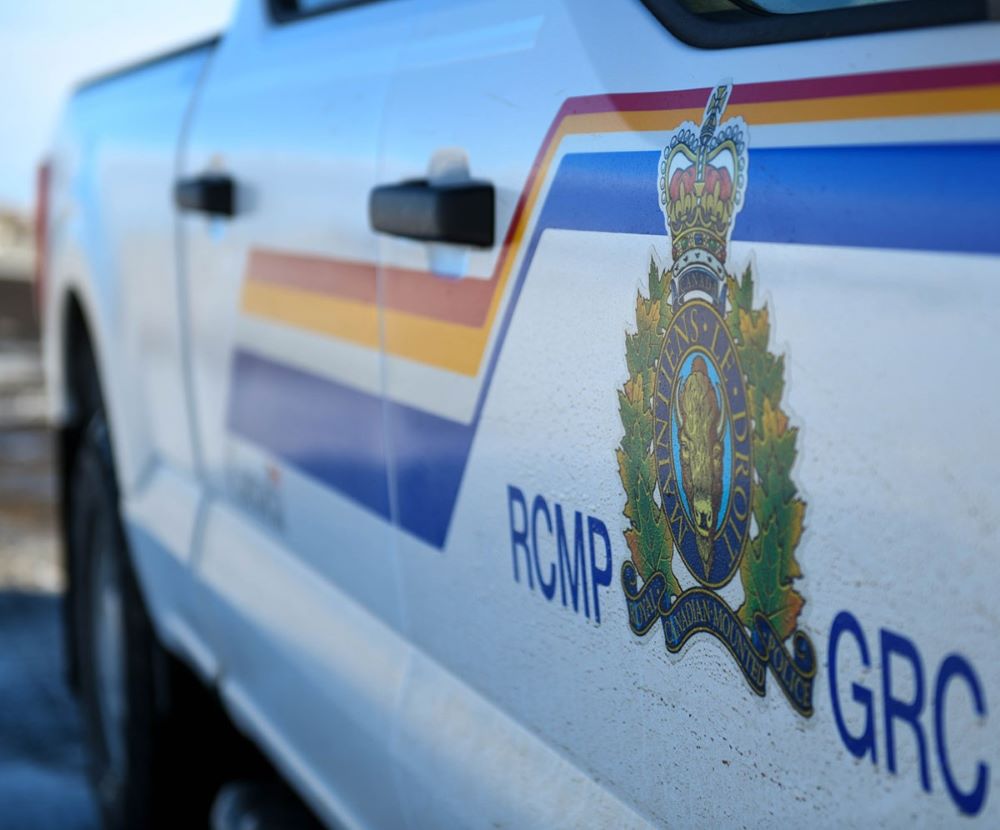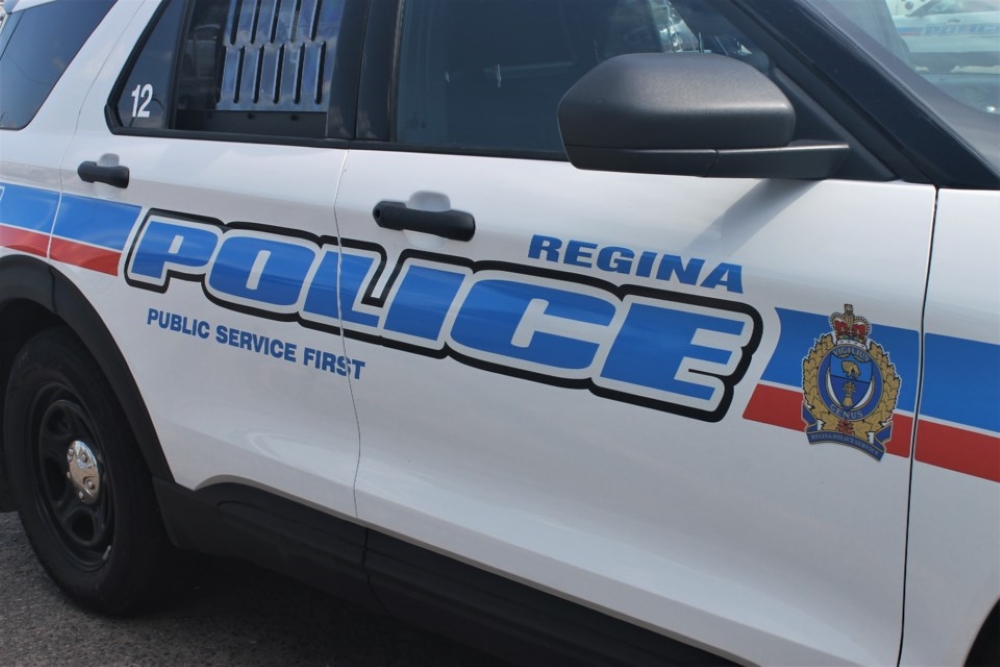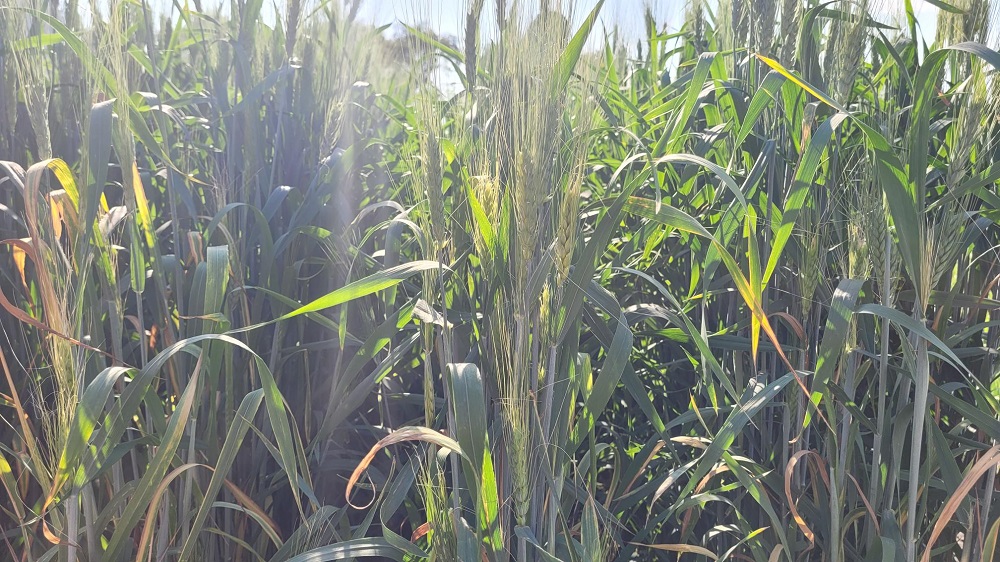The Water Security Agency released its 2023 Conditions at Freeze-up report this week, and it shows most of Saskatchewan is expected to have a dry winter.
WSA Spokesman Patrick Boyle says the report is typically released around late fall-early winter to get a sense of what the landscape looks like right now and serves as a starting point to the Spring Runoff Outlook.
The Agency says some areas experienced a higher than normal spring runoff due to an unusually fast thaw, but hot and dry conditions through the summer and fall drove soil moisture down in most areas.
Drier areas of the province would need an above normal snowfall to stave off extremely dry conditions. There is also concern for surface water supply issues in the southwest if snowfall is below average.
Boyle says the southwest region in particular is an area they will closely monitor.
“They didn’t see a lot of precipitation and are certainly battling those extremely dry conditions going forward,” he said. “That’s one of the areas we’ll be watching here as we go into 2024 and just the amount of snowpack we’re going to get there and the potential for a long-term El Nino weather pattern that might mean a drier, warmer winter this year, which it’s hard to believe when it will hit minus 30 from our perspective, but that’s what some of the climate experts are calling for.”
The Water Security Agency noted long-range forecasts suggesting near normal precipitation and above normal temperatures through the winter months over much of Saskatchewan.
In the south and east-central regions of the province, an early snowfall and below normal temperatures left a lot of areas snow covered, according to the WSA. The Agency expects two run-off scenarios to occur because of this – increased soil moisture or higher runoff flows.
In the southeast, rain and snow in early November isn’t recorded in the report, but the WSA mentioned it improved soil moisture levels in the region but is still considered dry.
Other than Lake Diefenbaker, which has been impacted by below normal water inflows from Alberta, Boyle says most large water reservoirs in southern and central Saskatchewan are at near normal elevations for this time of year.
“That’s a real positive thing going into that, so we’re not looking at a whole lot of water supply issues in our reservoirs in areas like that but at this time we really don’t see any areas having a lot of above normal spring run off issues in 2024. Now having said that everything can change with our winter season here…but as of right now water supply conditions as far as reservoirs go are in fairly good shape.” Boyle said.
The WSA believes there is no elevated risk for above normal spring runoff next year.
Boyle noted the report has data from various sources, including Environment Canada and the US National Weather Service.
The initial Spring Runoff Outlook for 2024 will be issued in early February.








